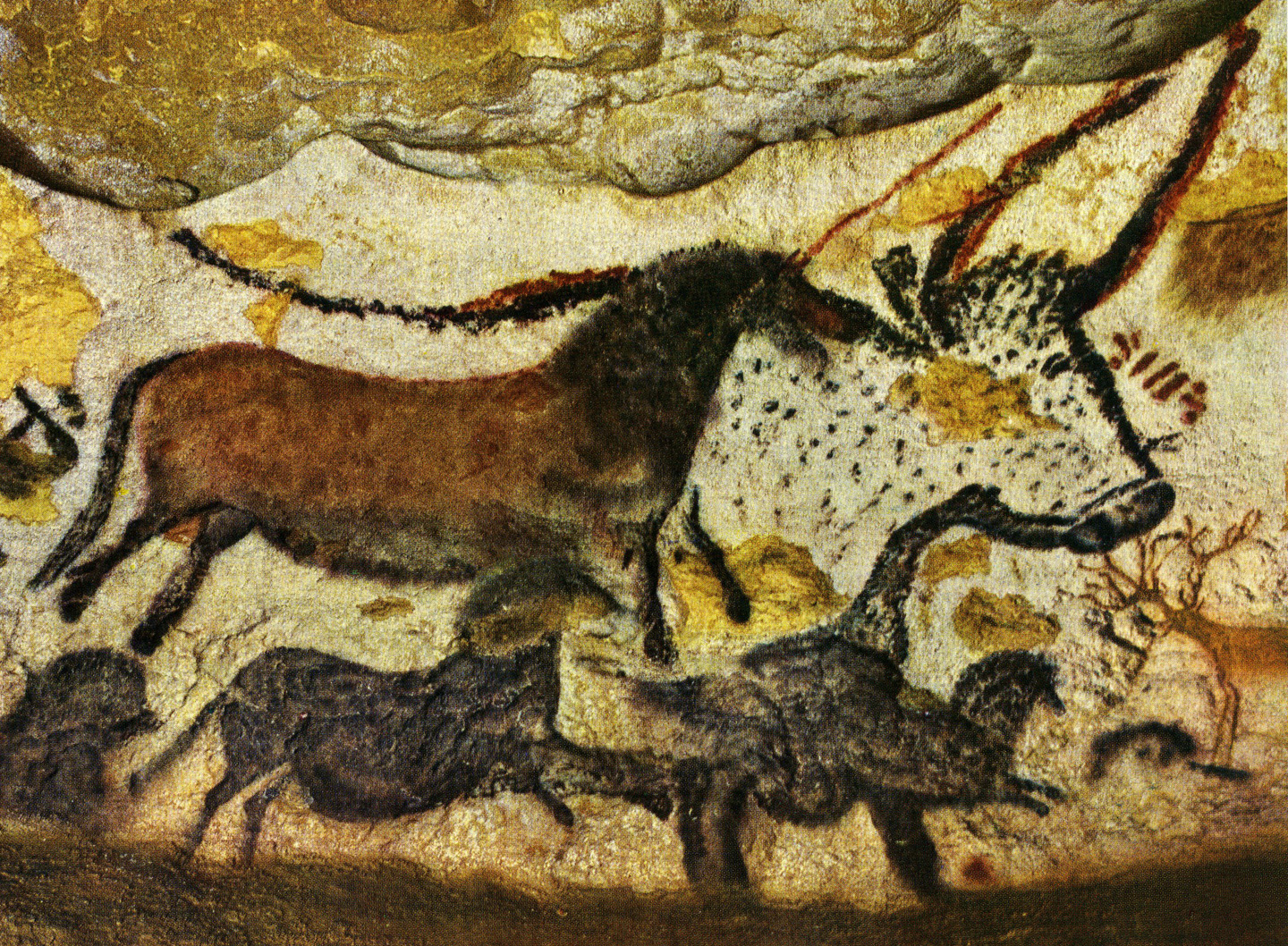Archeological Agnosticism
Despite the failure to uncover the mythology of the Paleolithic
by statistically analyzing the images of the cave, Leroi-Gourhan, according
to Bahn, made it clear that the images do represent a metaphysical concept
and they do not have a simple or obvious meaning (173). Leroi-Gourhan
was also important, says Bahn, for putting aside "the traditional
approach of compilation, intuitive and ethnographic explanation"(176),
in other words, for putting forward testable hypotheses, not those derived
from field studies of modern hunting societies or folklore. For Bahn,
using ethnographic analogies to reach for an all-embracing theory is bad
science. "The current emphasis is on total recording of the art"(191).
Theory should not precede data. "Without informants, we can use the
art only as a source of hypotheses, never as a confirmation of them; without
the artists, our chances of correctly interpreting the content and meaning
of a decorated cave are very slight - and how would we know if we were
right or not?"(193). Bahn's point is well taken if the interpretation
of the past is not to be allowed except under the rules of rational science,
but he admits that "the most recent work on Paleolithic art is splintering
in many directions" (Fagan-Bahn 598).

Prehistoric Painting: Lascaux - or the Birth of Art, text by Georges Bataille, photos by Hans Hinz, Claudio Emmer. Albert Skira publisher, Switzerland, 1955.